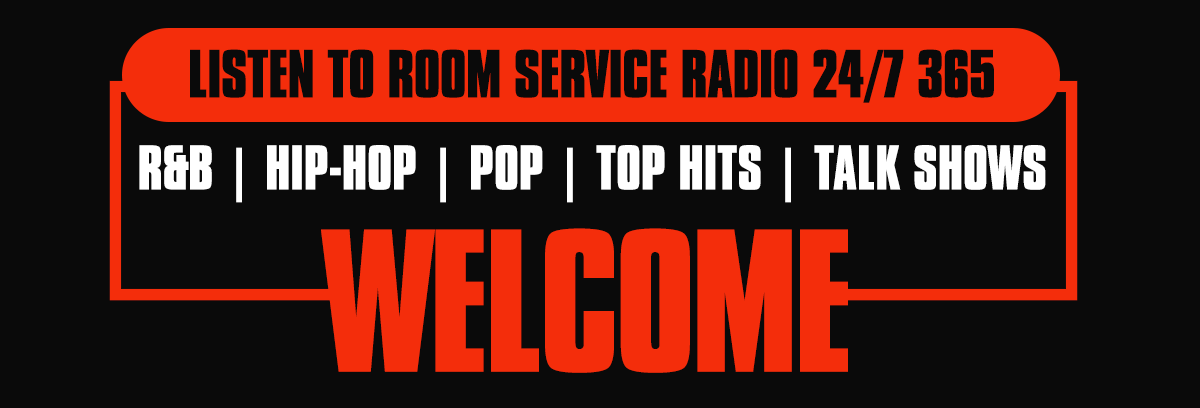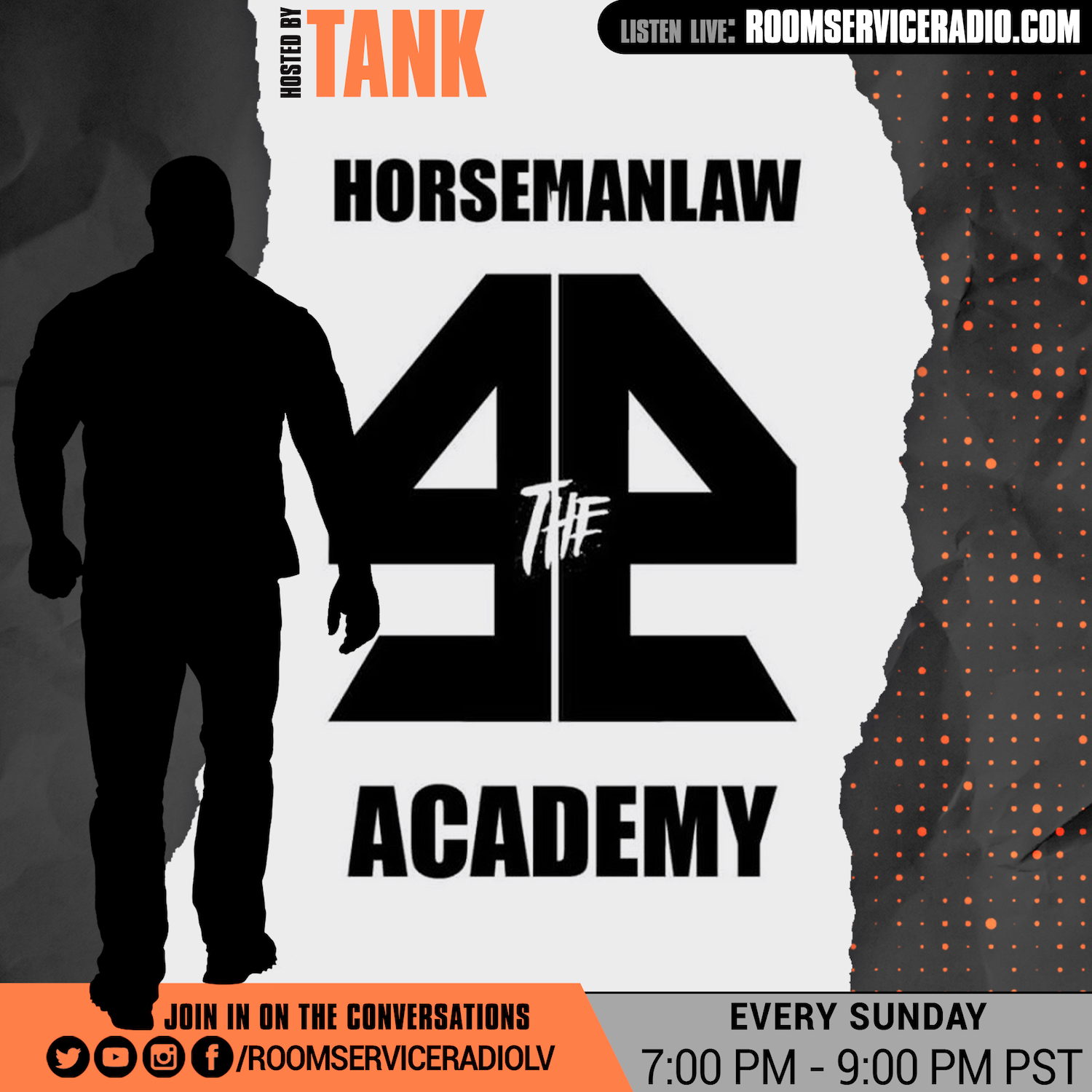Grocery items that rose in price the most in September 2022
Inflation may be easing, but food prices are still high for consumers.
Food costs increased by 0.4% according to the September 2022 Consumer Price Index. While this may not be considered a significant increase, there are several reasons why food prices are still through the roof, including ongoing food supply-chain issues kicked off by the COVID-19 pandemic and still echoing today.
During the initial lockdowns, food producers struggled with a manageable system that would allow them to serve grocery consumers. Labor disruptions also increased food production costs as more funds had to be invested in training workers and protecting food from contamination. Food growers, processors, and distributors were required to adjust packaging, heed new labeling requirements, and meet heightened demand from food retailers.
So which food items have seen an uptick in pricing?
Potatoes have historically been a staple food item, as they’re generally affordable and easy to prepare. But white potatoes have increased in price due to the lack of supply and the fluctuating farm share of retail prices. The U.S. Department of Agriculture reported 50 pounds of wholesale Idaho potatoes ranging from $1-$4 in August.
Cereals and baking products have also seen a surge in prices on grocery store shelves. This is due to the long shelf life of these products and the multi-pack options, which demand higher SKU pricing. SKUs are used to figure out pricing strategies.
Stacker used monthly Bureau of Labor Statistics data to find the ten grocery items that experienced the largest price increases from August to September, using year-over-year changes as a tiebreaker when needed.
You may also like: Youngest billionaires in America
![]()

Canva
#10. Steak, sirloin, USDA Choice, boneless, per lb.
– One-month increase in cost: +2.2%
– Annual change in cost: -4.2%
– September 2022 cost: $10.54

Suriyawut Suriya // Shutterstock
#9. Potatoes, white, per lb.
– One-month increase in cost: +2.5%
– Annual change in cost: +27.7%
– September 2022 cost: $1.02

JHVEPhoto // Shutterstock
#8. Sugar, white, 33-80 oz. pkg, per lb.
– One-month increase in cost: +2.5%
– Annual change in cost: +21.3%
– September 2022 cost: $0.79

Canva
#7. Cookies, chocolate chip, per lb.
– One-month increase in cost: +2.6%
– Annual change in cost: +20.5%
– September 2022 cost: $4.80

Canva
#6. Lemons, per lb.
– One-month increase in cost: +2.7%
– Annual change in cost: Unavailable
– September 2022 cost: $2.09
You may also like: Most popular department stores in America

Canva
#5. Bread, whole wheat, pan, per lb.
– One-month increase in cost: +2.8%
– Annual change in cost: +12.4%
– September 2022 cost: $2.36

Canva
#4. Ham, boneless, excluding canned, per lb.
– One-month increase in cost: +3%
– Annual change in cost: +13.6%
– September 2022 cost: $5.50

Brent Hofacker // Shutterstock
#3. All Ham
– One-month increase in cost: +3%
– Annual change in cost: +13.3%
– September 2022 cost: $4.34

Canva
#2. Lettuce, romaine, per lb.
– One-month increase in cost: +5.7%
– Annual change in cost: Unavailable
– September 2022 cost: $3.00

Dusan Petkovic // Shutterstock
#1. Strawberries, dry pint, per 12 oz.
– One-month increase in cost: +8.8%
– Annual change in cost: +13.4%
– September 2022 cost: $2.78
You may also like: 50 women who broke barriers in the business world
Article written by Leesa Davis Stacker.com #ReviewJournal












